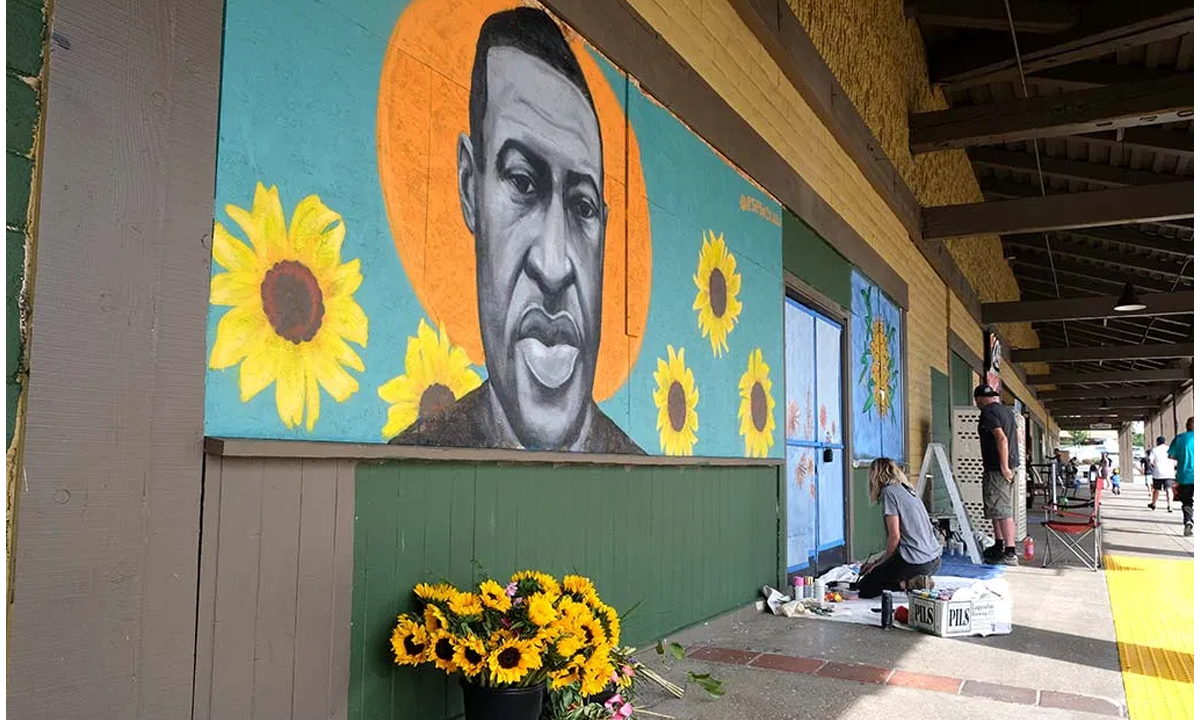Written by Mark Powell
Sustainable police reform needs to include a public school educational component to help build meaningful interactions between the police and our youth.
There needs to be a renewed partnership between law enforcement and school districts to teach students how to engage with police, especially in challenging situations. And police need to learn how to more effectively connect with students.
In the wake of the Derek Chauvin conviction, San Diego activists called on local politicians to support the George Floyd Justice in Policing Act of 2020, national legislation to end chokeholds, ban no-knock federal warrants in drug cases, and end police officers’ immunity from civil lawsuits. The San Diego County Board of Supervisors voted last week to endorse this legislation.
However, lacking in the bill is an educational section that should include a community outreach component specifically directed towards public schools. Any significant reform bill should be designed to regain the public trust of police — something that appears to be missing in many young adults. Once trust is established within our school-aged youth, it will spread through the community as students graduate to become adult members of society.
Regaining the public’s trust in law enforcement can be accomplished by increasing police officers’ de-escalation training. But high school students must also be taught how to interact with police. Students need to know what to do during a vehicle stop. They should know how to report a crime, and even what to do if a police officer wants to put them in handcuffs.
Many of us have seen just what happens when low-level infractions escalate and turn violent. Through education and collaboration we may be able to prevent another police shooting.
Police officers should not be perceived as authoritarian figures looking to “bust” students for behaving like teenagers. And students need to view police as guardians, whose primary duty is to “serve and protect” as it states on the side of police cruisers.
Police need to reach out to high school students and offer them a ride-along. This will give students the unique opportunity to experience what it’s like working as a police officer. And one of the great advantages of a ride-along is learning to discern fact from fiction.
Most of us do not know what it is like to work as a police officer in San Diego. Many young adults base their impression of police work on what they see on the internet or in a movie. A ride-along will give students the best impression of reality and what police officers do on a daily basis.
Teachers should also be included in the police ride-along program. It should be a requirement that every teacher go on at least one ride-along so they can also learn how officers behave, react and communicate.






